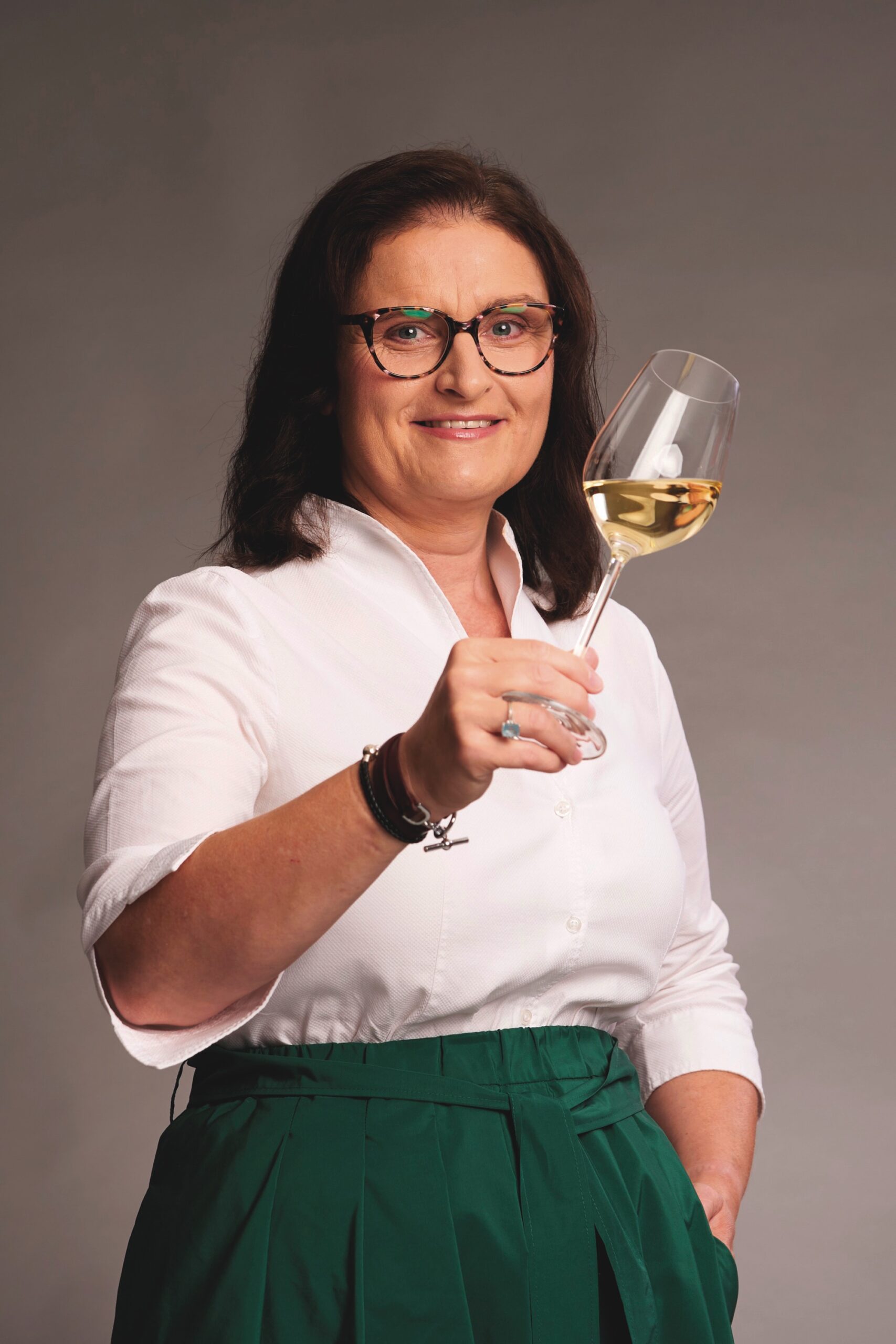
Dagmar Kadlecová, Master Sake Sommelier and SSA Sake Educator
Text: Dagmar Kadlecová; Photo: Archive
It’s not wine. It’s not beer. It is culture, philosophy, and craft all rolled into one. Sake has been brewed in Japan for centuries. In Japan, the original kanji character 酒 (or sake) is actually the generic term for any alcoholic beverage. The drink the following story is devoted to is called Nihonshu or Seishu by the Japanese, and is gaining more and more fans around the world.
Although sake is often referred to as “Japanese rice wine”, the reality is much more interesting. Made from just a few ingredients – rice, water, koji, and yeast – this traditional drink has a rich history, a refined production process, and flavour nuances that will surprise even seasoned wine and beer lovers.
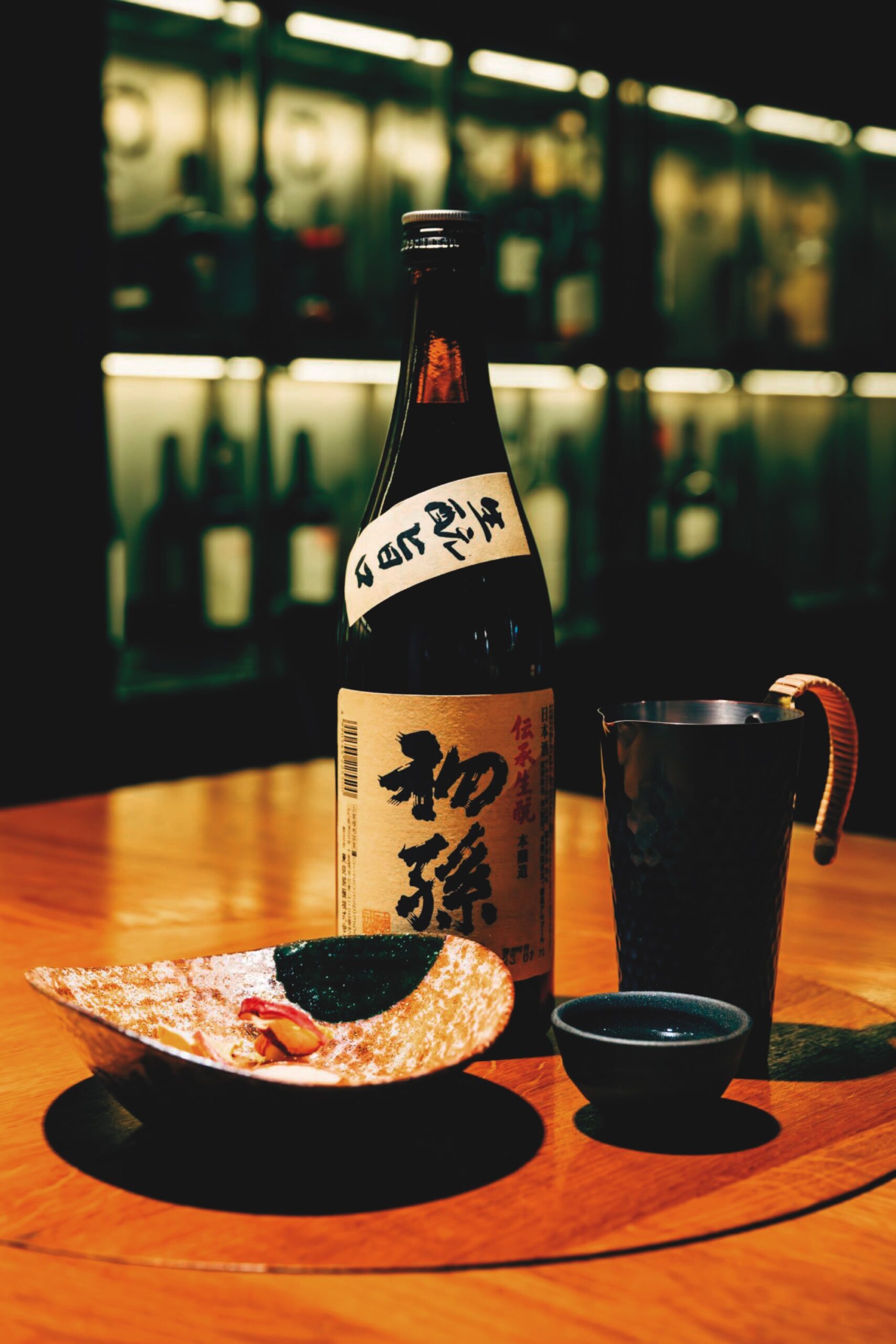
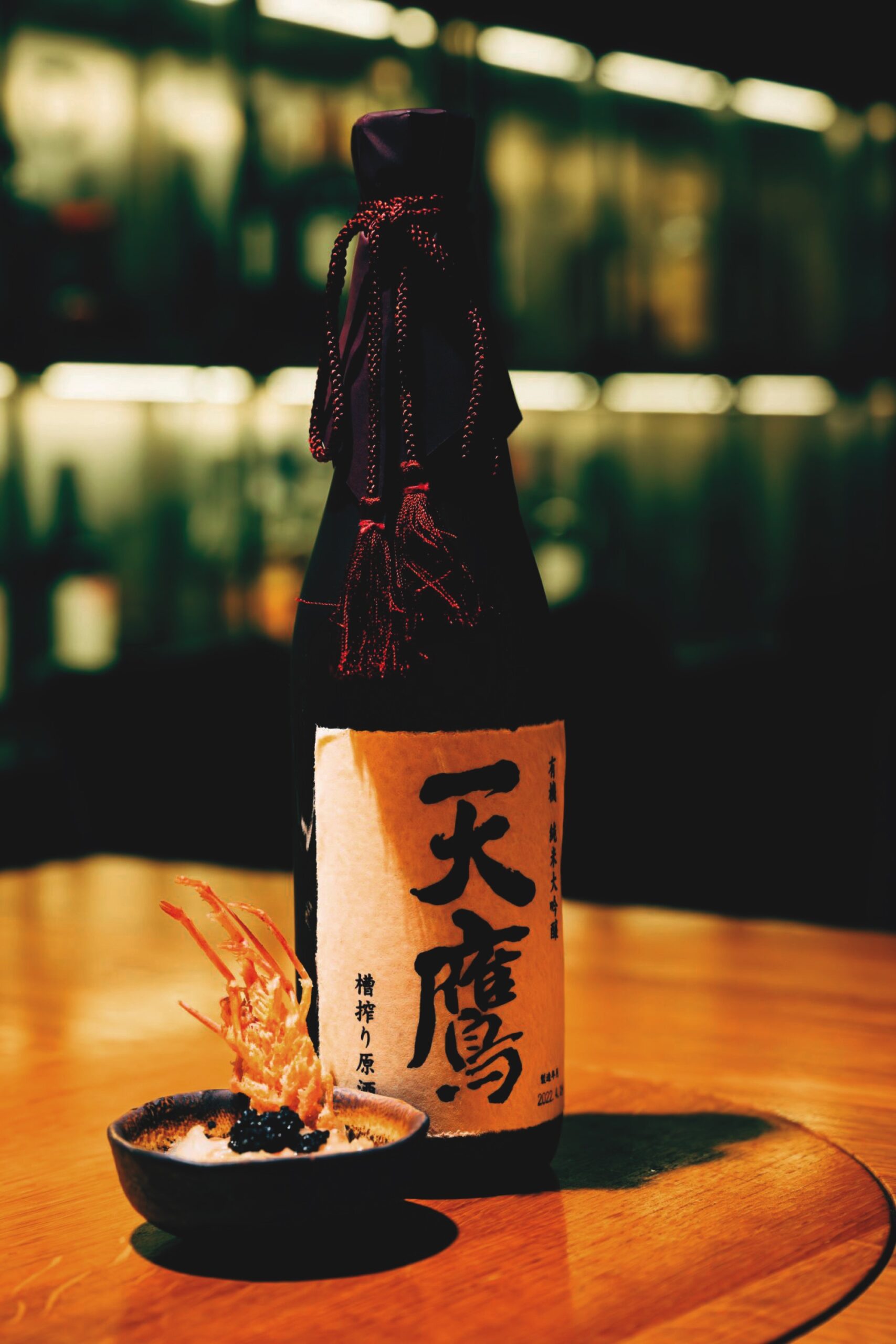
The first sake was very different from what we know now
The oldest evidence of wine production in Japan dates back to the Jōmon period, while the first mention of sake consumption comes several thousand years later. Originally, alcohol from rice was made in China, and sake brewing was probably brought to Japan during the Jajoi period, along with rice cultivation.
One of the earliest forms of sake was Kuchikami-sake – ‘sake chewed with the mouth’, where the starch from the rice was broken down by enzymes in the saliva. Villagers too old or young to participate in hunting, gathering, or farming work chewed steamed rice during the day and spat it into a common vessel, creating a weakly alcoholic mixture. If they were patient enough to endure for a week, the alcohol content could reach 5%.
In the Nara period, the first mention of the use of the koji mould (Aspergillus oryzae) appears.
In the Edo (also known as the Tokugawa) period, a period of nearly three centuries of land enclosure during which the Shogunate was established, the samurai, along with their people, became an educated middle class, actively consuming sake. Sake was very different then from what we know today. The alcoholic mixture of rice and water was drunk unfiltered, and had a cloudy appearance.
Legend has it that the first sake (as we know it today) was brewed at the turn of the 17th and 18th centuries by Shinroku Yukimoto, supposedly the son of General Yamanaka Yukimori. The crystal brown sumizake soon proved more popular than the cloudy nigorizake.
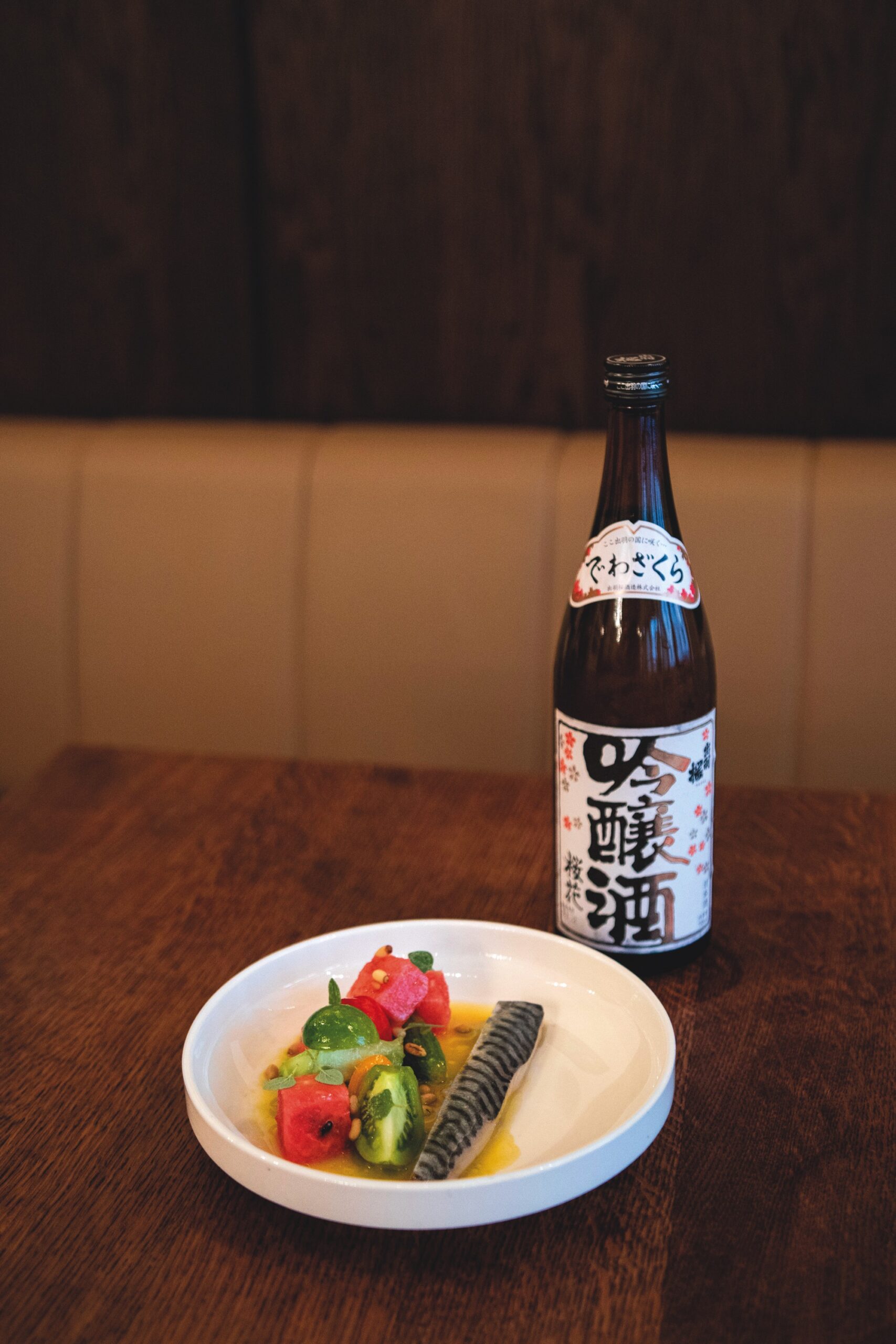
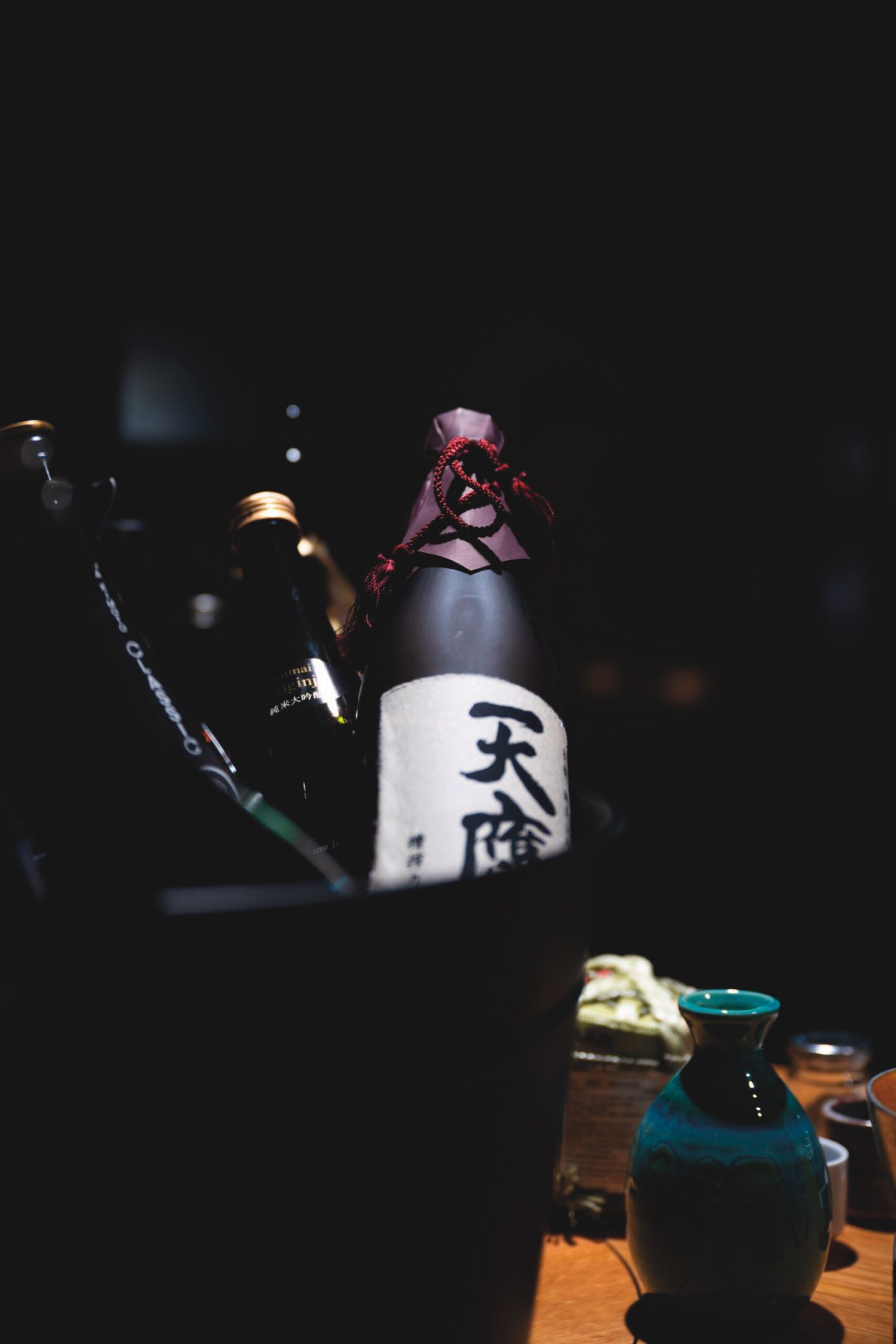
Today, there are about 1,100 sakaguras in Japan
Cities such as Itami and Nada have become centres of production thanks to access to clean water. From there, sake was transported to the capital Edo on fast “taru kaizen” boats that could hold up to 3,000 barrels. Regional Toji guilds also emerged, passing on traditional production techniques.
The foundations of sake production in the Nada region were laid by Tamba Toji, who introduced winter fermentation (kanzukuri) and three-stage brewing. During World War II, the quality of sake was severely reduced, with sugar, distilled alcohol, and rice powder being used due to a shortage of rice. Since 2006, the addition of more alcohol than the equivalent of half the total amount of rice used has been prohibited.
The types of sake are determined by the degree of milling of the rice (seimai-buai) and by the presence of added alcohol. Sake can be served at temperatures ranging from -5°C to 68°C, and offers a wide range of flavours. There are over 1,100 sakaguras (or sake breweries) in Japan, with production peaking in 1973.
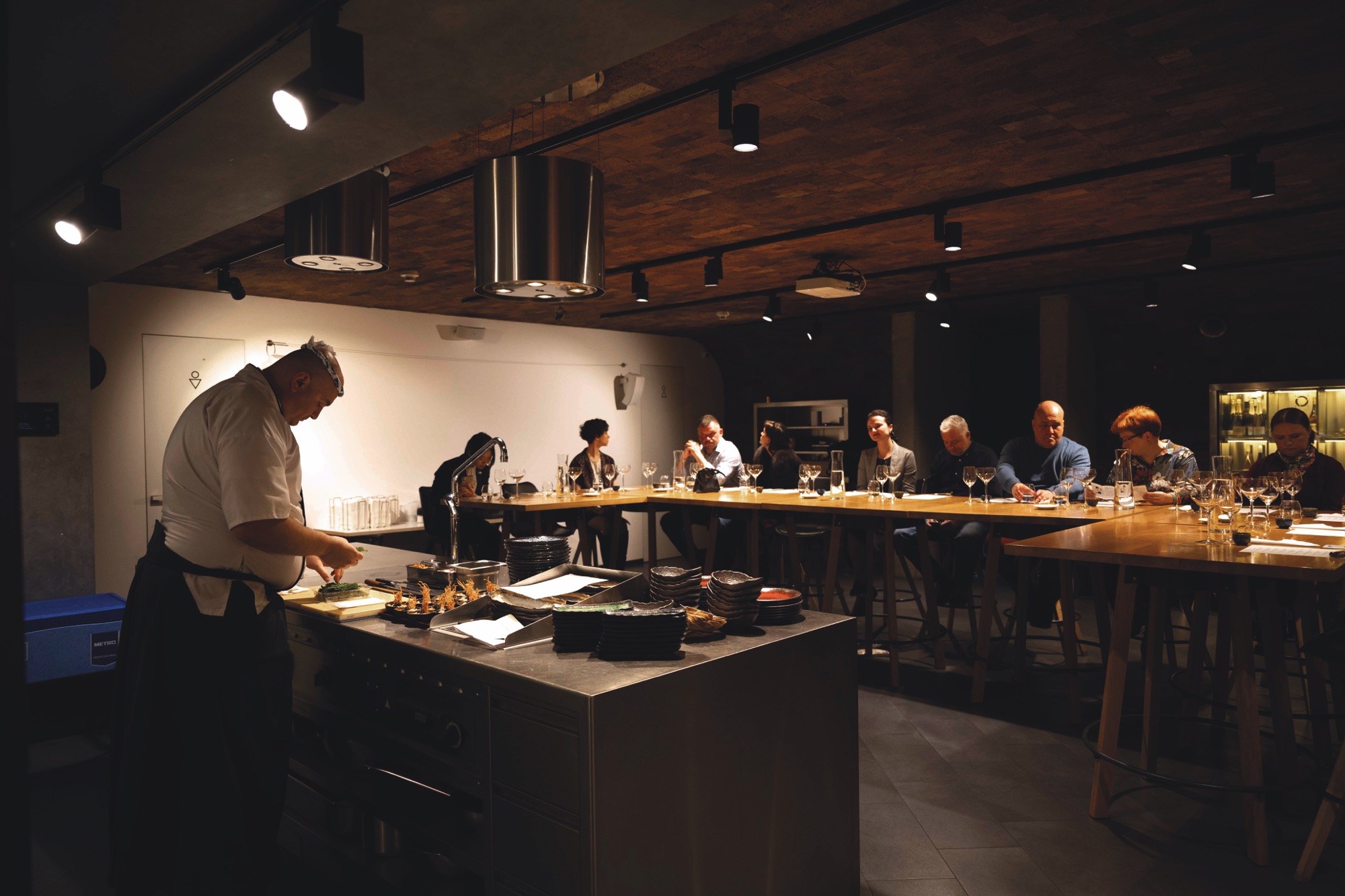
Sake seminar
Sake has deep cultural significance
In 2015, “sake” received a protected designation of origin, and in 2024 its production was inscribed on UNESCO’s list of intangible cultural heritage.
Sake has deep cultural significance – it is a symbol of purification, new beginnings, and human connection. It plays a role in weddings, New Year’s celebrations (o-toso), and ceremonies such as kagami-biraki, where the opening of the cask symbolically spreads good luck and health.
The sake season in Japan begins in October after the rice harvest, which is why the 1st of October has been designated Sake Day. Drinking sake in society has its own rules – it is customary to refill others’ cups when they run out of drink as a sign of consideration.
The low acidity, lack of tannins, and the presence of umami make this sake ideal for mixology. Different styles such as Honjozo, Daiginjo, Nigori, and Koshu offer a wide taste spectrum.
Whether you drink it hot or cold, traditional or modern, each cup carries a piece of Japanese craft and philosophy. If you haven’t tasted sake before, maybe now is the time. Give this unique drink a chance – you may discover a new favourite ritual or flavour that will surprise you with its subtlety and depth.
Kanpai!
 DAGMAR KADLECOVÁ grew up in South Moravia vineyard and a family winery. In addition to wine and spirits, she has developed a deep interest in the Japanese drink Seishu. She is the first SSA Sake Educator and the official SSA partner for the Czech and Slovak Republics, holding a license from the Sake Sommelier Association (SSA).
DAGMAR KADLECOVÁ grew up in South Moravia vineyard and a family winery. In addition to wine and spirits, she has developed a deep interest in the Japanese drink Seishu. She is the first SSA Sake Educator and the official SSA partner for the Czech and Slovak Republics, holding a license from the Sake Sommelier Association (SSA).

